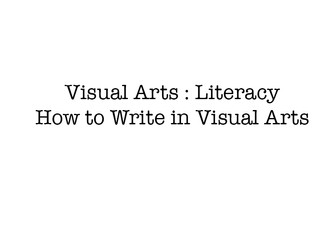Tone and Value
<p>Visual Arts: Tone and Value Worksheet</p>
<p>Unlock the secrets of shading and color gradation with our comprehensive “Visual Arts: Tone and Value” worksheet, meticulously designed to enhance student’s understanding and application of tonal variation in their artwork. This resource is perfect for budding artists eager to refine their skills in creating depth and dimension through the mastery of tone and value.</p>
<p>What’s Included:</p>
<p>Tonal Grids Activity:</p>
<p>Grid 1: White to Black Gradient - Students will engage in the creation of a seamless tonal transition from pure white to deep black across six boxes. This exercise is aimed at developing their ability to perceive and replicate subtle changes in light and shadow, a fundamental skill in rendering realistic drawings.<br />
Grid 2: Color Gradient - This activity challenges students to select a color and create a gradient from its lightest to darkest shades across six boxes. This task not only reinforces their understanding of tonal variation but also introduces them to the complexities of working with color intensity and saturation.</p>
<p>Shape Shading with Stippling and Cross-Hatching:</p>
<p>Students will draw two simple shapes (such as a sphere and a cube) and apply stippling and cross-hatching techniques to create tonal value. This exercise helps students explore different methods of shading, providing them with versatile tools to depict light and shadow in their artwork.</p>
<p>Object Drawing with Tonal Value:</p>
<p>For the final activity, students will draw an object of their choice and apply their understanding of tonal value to bring it to life. This task encourages them to synthesize the skills they have practiced in the previous activities, culminating in a complete and realistic rendering.</p>
<p>Educational Benefits:</p>
<p>Skill Development: Students will gain hands-on experience in creating smooth transitions between tones and shades, crucial for achieving a three-dimensional effect in their artwork.<br />
Enhanced Perception: By focusing on tonal changes, students will improve their ability to observe and interpret light and dark areas in both black-and-white and color contexts.<br />
Artistic Expression: This worksheet encourages creative exploration, allowing students to experiment with different colors, shading techniques, and their corresponding tonal values.</p>

